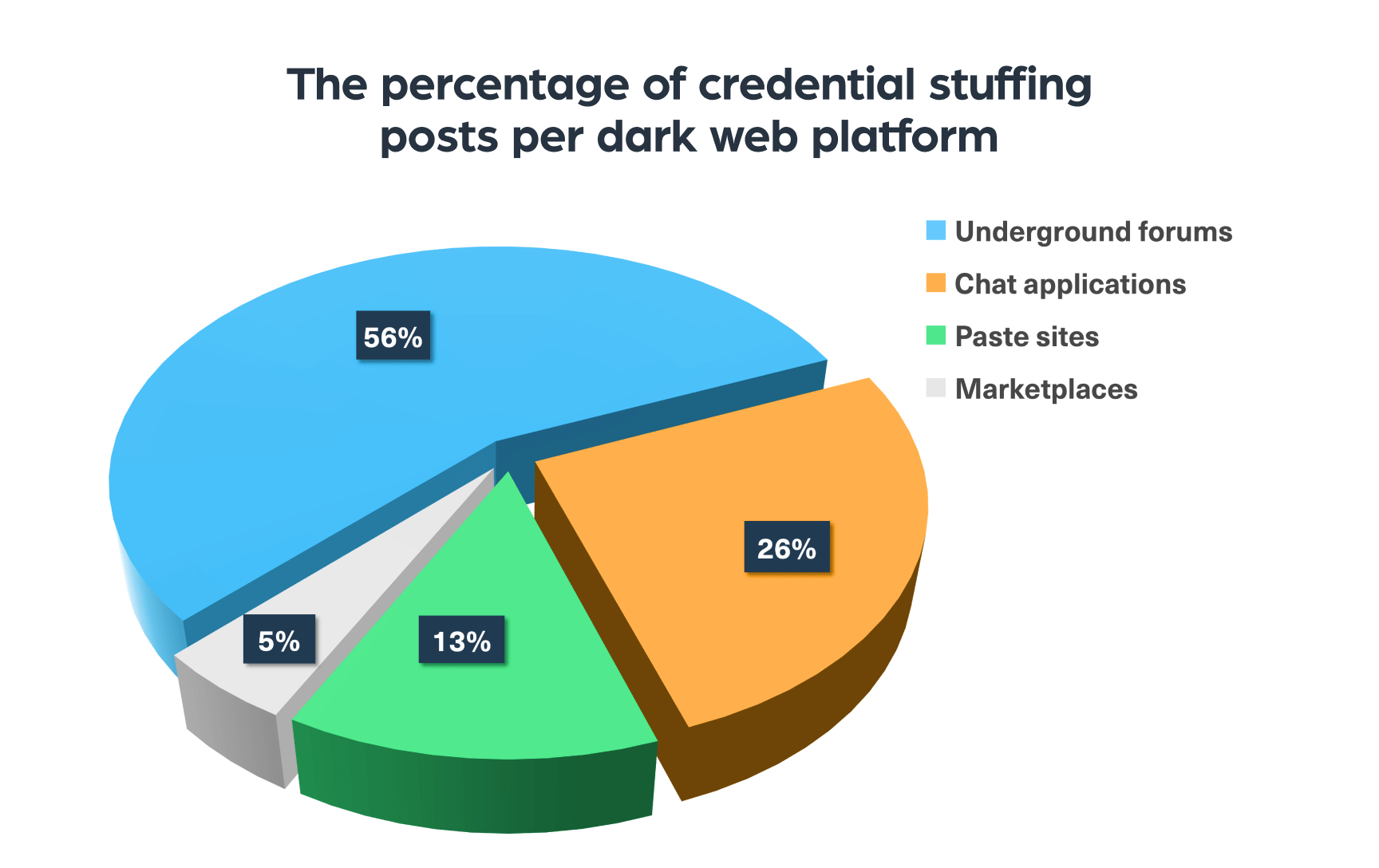How to Automate Supply Chain Risk Reports: A Guide for Developers
Do you use Python? If so, this guide will help you automate supply chain risk reports using AI Chat GPT and our News API.

The recent Paypal breach, which affected 35,000 users, highlighted a threat of credential stuffing. The hackers were able to compromise customers’ data by using PII that was compromised in previous breaches. Among the PII exposed are usernames, email addresses, SSNs, dates of birth, and more.
Credential stuffing is a cyberattack that involves the use of credentials obtained from a data breach on one service to attempt to log into any related or unrelated service. The attack uses bots to automate login into large databases by employing the same password for multiple online accounts, which is known as “password recycling”. This form of attack is based on the assumption that many users reuse usernames and passwords across multiple services.
The PayPal attack was carried out by using bots that automatically ran lists of credentials which they “stuffed” into the PayPal’s login portal.
Credential stuffing is widely discussed across deep and dark web platforms. You can see this in the pie chart below that breaks down the leading platforms that host related content:

Let’s briefly review the platforms we saw in the chart above and give a few examples of such sites:
The dark web is the number one digital resource cyber criminals turn to for tools and methods to launch cyberattacks, including credential stuffing.
In order to conduct a credential stuffing attack the threat actor needs two primary components: compromised data from past breaches and a dedicated bot for credential stuffing to target the platforms:
Many cybercriminals trade leaked databases and compromised accounts on the dark web. With the rise in the number of data breaches, we see an increase in the number of leaked data offered on the dark web, even for free, available to anyone. The main deep and dark web places to find leaked accounts are hacking forums, marketplaces, chat applications, and paste sites.
The web is full of cheap bots hackers can easily use to automatically run compromised login details and match them with existing accounts on different platforms.
The next image shows a threat actor offering a credential stuffing tool on hacking forum Cracked:

These types of posts facilitate credential stuffing and enable any interested threat actor to carry out such attacks.
Like every cyberattack, launching credential stuffing attacks has its own challenges. A major challenge is the two-factor authentication (2FA) tool. This identity and access management security method, which is known to many of us, requires two forms of identification to access platforms and data. In the case of PayPal, the first identification would be the login details and the second one could be a text message or an email. This means that even if a threat actor gained access to stolen login user details, he won’t necessarily manage to take over the account as it requires another step.
We can see such a challenge in the picture below, published on the popular hacking forum BreachForums:

According to the threat actor, he obtained a few account PayPal login details but was unable to gain final access due to the two-factor authentication and OTP (one-time password) verification that PayPal uses.
Yet the 2FA does not offer complete protection from hackers, as there are ways to overcome these verification steps.
Below you can see an example of a post published on the popular carding forum BlackBones, where a threat actor offers an OTP (one-time password) bot for sale:

The OTP bot enables attackers to extract one-time passwords from consumers by automatedly communicating with them, in an attempt to trick them into handing over the information required for login or account takeover.
In this case, the bot is customized to bypass PayPal’s 2FA in order to get access to the victim’s account. This post is what we call an early indicator, as it was posted in October 2022, only 3 months before the PayPal breach. It may have been used by hackers to abuse PayPal accounts. The bypass method explained in the post can support future credential stuffing, enabling cybercriminals to use this bot to implement future credential stuffing.
Credential stuffing attacks can cause significant damage to organizations, including:
Monitoring the dark web is a key component of protecting against credential stuffing attacks, alongside implementing security measures such as regular monitoring of login activity or two-factor authentication that even is not enough sometimes, as we saw.
Today, fraud detection brands, online payment platforms, and individuals face various challenges when safeguarding users’ data, including keeping up with the constantly changing fraud updates and identifying the latest information that was breached.
By monitoring darknet networks, organizations can stay informed about new threats and emerging trends in the cybercrime landscape. The intelligence they can collect can assist them in proactively detecting any leak of their own information or that of their customers on these hidden platforms.

Do you use Python? If so, this guide will help you automate supply chain risk reports using AI Chat GPT and our News API.

Use this guide to learn how to easily automate supply chain risk reports with Chat GPT and news data.

A quick guide for developers to automate mergers and acquisitions reports with Python and AI. Learn to fetch data, analyze content, and generate reports automatically.